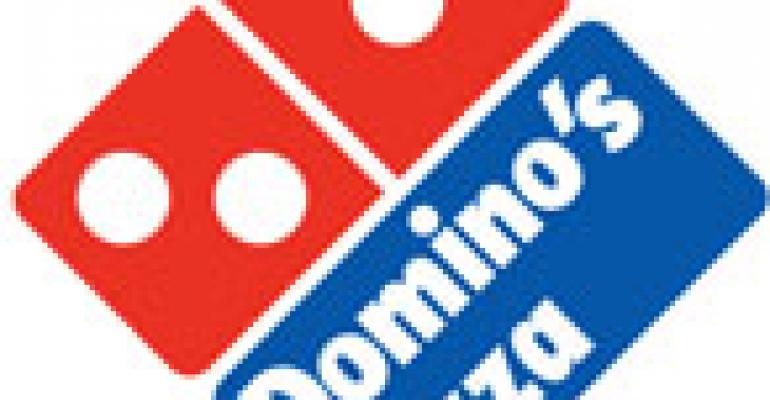NEW YORK Domino’s Pizza began franchising overseas, J.B. Sassano, vice president of the America’s and Caribbean for the Ann Arbor, Mich.-based chain, had never been out of the country and did not own a passport. —Twenty-five years ago, when
Today the former franchisee and his senior executive team members who franchise the brand around the world have millions of frequent-flyer miles. And in a presentation to Wall Street analysts to mark a quarter century of global franchising earlier this month, senior executives reported that international franchising is exceeding the company’s growth and profit expectations, although they were reluctant to forecast when global franchising will account for 50 percent of unit growth, profits or sales systemwide. —Twenty-five years ago, when
Of the approximately 8,600 stores worldwide, 3,400 of them were outside of the United States at the end of 2007 and contributed 41 percent of revenues and 30 percent of profits, executives said. Domino’s reported $5.4 billion in worldwide systemwide sales in 2007. —Twenty-five years ago, when
Also in 2007, international same-store sales for Domino’s franchisees were up 7 percent. —Twenty-five years ago, when
“I think any retailer would be happy with a 7-percent same-store sales average,” said Paul Skinner, vice president of sales for Domino’s. —Twenty-five years ago, when
Given a global appetite for pizza that transcends diets, religions and politics, Domino’s has hit a home run in virtually every nation it has targeted for franchise expansion, executives said. The notable exception is Italy, where Domino’s has no units and was forced to close the one store it had because pizza is configured differently there and viewed as an appetizer. —Twenty-five years ago, when
Skinner said global growth has been fueled largely by different restrictions for international franchise candidates. Domestically, Domino’s requires interested parties to work within the system before they can become franchisees. Internationally, however, less emphasis is put on knowledge of the system and more is put on knowledge of markets and cultures. —Twenty-five years ago, when
“The last thing we want to do is tell one of our partners how to run their business,” Skinner said. “But we do demand that they know their markets and know the restaurant industry. We can teach them the rest.” —Twenty-five years ago, when
Another major difference with franchise units overseas, especially in emerging nations like Guatemala, the Dominican Republic, Mexico and India, is that consumers are more likely to see Domino’s as a dining-out experience, so thousands of units outside of the United States have indoor seating. Just a fraction of the domestic outlets have indoor seating. —Twenty-five years ago, when
“Some of our most outstanding unit performance comes from lower demographic or income levels because the consumers see us as an experience,” Skinner added. —Twenty-five years ago, when
In several nations, including the United Kingdom, Australia, India, France, Mexico and Turkey, Domino’s is the dominant delivery pizza brand and one of the most popular American restaurant franchising vehicles for local entrepreneurs, Skinner said. —Twenty-five years ago, when




